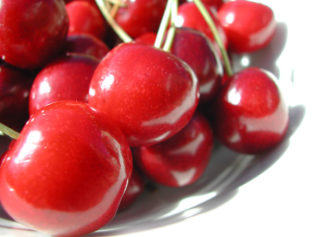Take a bite of a questionable burger or dunk your chip into a dip that’s been sitting out and you could kiss the next day or two good-bye.
Food poisoning can be torture, full of symptoms like severe upset stomach, vomiting and diarrhea.
The good news? You can easily sidestep getting sick with these tips.
1. Wash with a vengeance
Prior to handling any food, always wash your hands with warm, soapy water — and make sure that any cutting boards, colanders or knives you’re using are clean.
2. Clean those fruits and veggies
Tumble tender fruits such as raspberries and grapes under cold running water in a colander, and scrub firmer produce (pears, apples, tomatoes) with your hands under the running water. Also scrub root vegetables with a clean vegetable brush.
Peel and discard the outer leaves of leafy vegetables such as spinach and lettuce.
3. Beat the clock
Food poisoning prevention begins at the supermarket, says Catherine Cutter, Ph.D.
Once you take a piece of meat from its refrigerated case and put it in your shopping cart, the bacterial growth clock starts ticking. Buy your meat last, and keep it out of direct sunlight on the ride home.
“Get it refrigerated as soon as possible to keep microorganisms from growing to high levels,” she says.
Rule of thumb: If the food sits out for more than two hours at room temperature, it’s gone from edible to disposable. This happens faster on hot days, so turn up the car’s A/C if necessary.
4. Cut with care
Even fruits and vegetables with inedible rinds should be thoroughly washed before they’re cut, because rinds (especially the lumpy “netted” rinds of fruits such as cantaloupe) can trap bacteria that a knife blade can transfer to the fruit.
And because bacteria can thrive in moist, bruised areas on produce, cut away those spots as soon as possible.
Read more: ABC News



